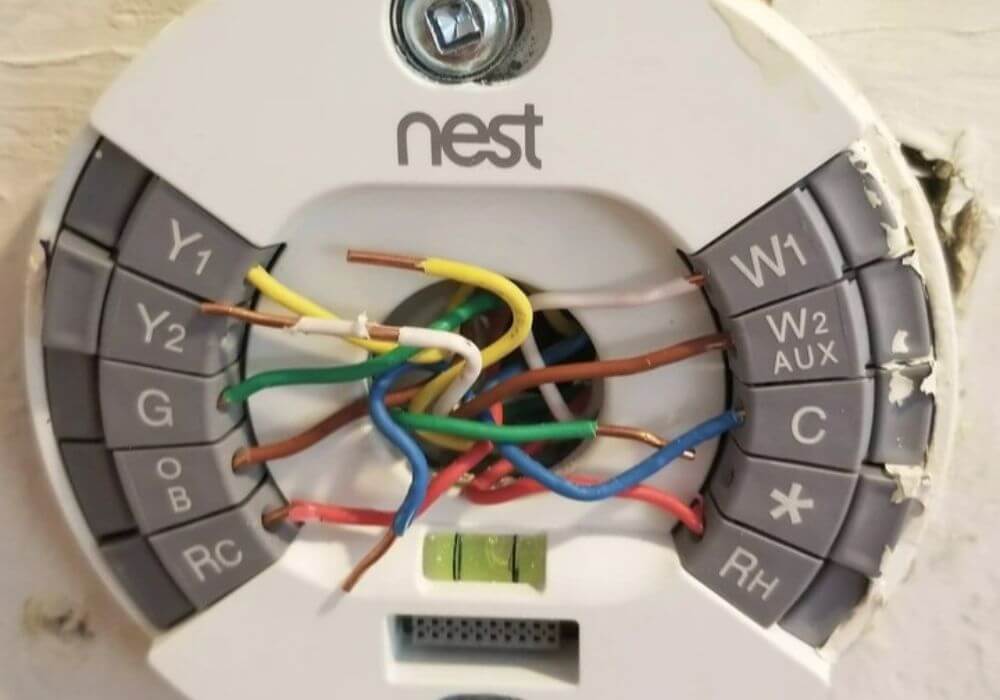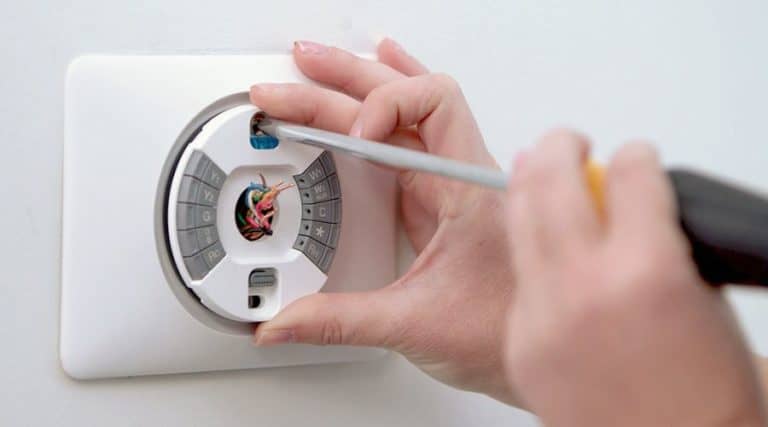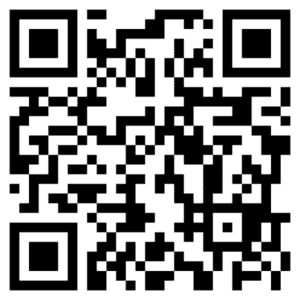If you’ve ever looked behind your thermostat and wondered, “What is the orange wire on a thermostat?”, you’re not alone. Many Charlotte homeowners get confused by thermostat wiring, especially when upgrading or troubleshooting their HVAC system. The orange wire, in particular, plays an important role in keeping your home comfortable year-round.
In this guide, we’ll explain exactly what it does, when it’s used, and how to handle it safely.
Understanding Thermostat Wiring Basics

Before diving into the orange wire specifically, it helps to understand how thermostat wiring works. Most thermostats use low-voltage (24V) wiring that connects to your HVAC system. Each wire is color-coded to perform a specific function: red for power, white for heat, yellow for cooling, green for the fan, and so on.
However, not all systems use the same configuration. The wiring setup often depends on whether your Charlotte home uses a traditional furnace and AC system or a heat pump. That difference is where the orange wire comes in.
So, What Is the Orange Wire on a Thermostat?
The orange wire, labeled “O”, is typically responsible for controlling the reversing valve in heat pump systems. This valve switches your system from cooling mode to heating mode (and vice versa).
In most systems:
- When cooling is activated, the orange wire energizes the reversing valve, switching your heat pump into cooling mode.
- When heating is activated, the orange wire is not energized, keeping the system in heating mode.
So, in simple terms, the orange wire tells your heat pump whether to heat or cool your home. Without it, your thermostat wouldn’t be able to signal your HVAC system to change modes, which could cause serious comfort and efficiency issues.
Does Every Thermostat Have an Orange Wire?
Not necessarily. The orange wire is only present in heat pump systems, which are common in many Charlotte homes due to the region’s mild winters and humid summers.
If your home uses a gas furnace with a separate air conditioner, you likely won’t see an orange wire at all. Instead, your system will use other wires (like Y and W) to manage heating and cooling separately.
Here’s a quick breakdown:
- Heat pump system: Uses an orange “O” wire to reverse the valve between heating and cooling.
- Conventional system: Does not use an orange wire; heating and cooling are controlled differently.
Knowing what type of HVAC system you have is the first step in understanding how your thermostat wiring should look.
Common Issues With the Orange Wire
If your thermostat isn’t switching properly between heating and cooling, the orange wire might be to blame. Here are a few common problems homeowners in Charlotte experience:
1. Disconnected or Loose Wire
If the orange wire comes loose from its terminal, the thermostat can’t signal the reversing valve. You might notice your system stuck in either heating or cooling mode.
2. Incorrect Terminal Connection
Some thermostats label the terminal as O/B instead of just O. This means it can control both heating and cooling configurations. Connecting the orange wire to the wrong terminal may cause your system to work backward, blowing cold air when you want heat, or vice versa.
3. Faulty Reversing Valve
Sometimes the issue isn’t the wire at all but the reversing valve in the heat pump. If it’s malfunctioning, your system won’t switch modes even if the thermostat is correctly wired.
4. Thermostat Compatibility
Not all thermostats are designed for heat pump systems. If you installed a new thermostat and didn’t choose one compatible with your HVAC setup, it may not recognize or use the orange wire correctly.
If you encounter any of these problems, it’s best to call a licensed HVAC technician in Charlotte to inspect the wiring and system connections. DIY wiring mistakes can lead to short circuits or equipment damage.
How to Safely Handle the Orange Wire
If you’re installing or replacing a thermostat yourself, safety should always come first. Here are a few key steps:
- Turn off the power to your HVAC system at the breaker before touching any wires.
- Take a photo of the existing wiring setup before removing the old thermostat.
- Label each wire as you disconnect it to ensure correct reconnection later.
- Refer to the thermostat manual for wiring diagrams that match your system type.
- If you’re uncertain about what the orange wire on a thermostat or where it connects, contact a professional technician to avoid costly mistakes.
Most homeowners in Charlotte prefer to have their thermostat installed by a local HVAC expert who can verify that every wire, including the orange one, is correctly configured for optimal performance.
When to Call a Professional
Even though thermostat wiring may seem simple, it’s directly connected to your home’s HVAC control system. An incorrect connection could damage your thermostat, your heat pump, or even your electrical circuit.
If you’re unsure about:
- Whether your home has a heat pump system,
- Where your orange wire should connect, or
- Why your system isn’t switching modes properly,
…it’s time to call in a licensed HVAC technician. A professional can safely inspect your system, test the reversing valve, and make sure your thermostat is wired correctly.
Conclusion
Understanding what is the orange wire on a thermostat can save you time, frustration, and even prevent costly HVAC repairs. In Charlotte homes where heat pumps are a popular choice, that little orange wire plays a big role in keeping you comfortable year-round.
Whether you’re installing a new thermostat or troubleshooting an old one, remember: the orange wire controls your system’s ability to switch between heating and cooling. If you ever feel unsure about the wiring, it’s always best to ask a licensed HVAC technician to handle it safely and ensure your system is wired correctly.



